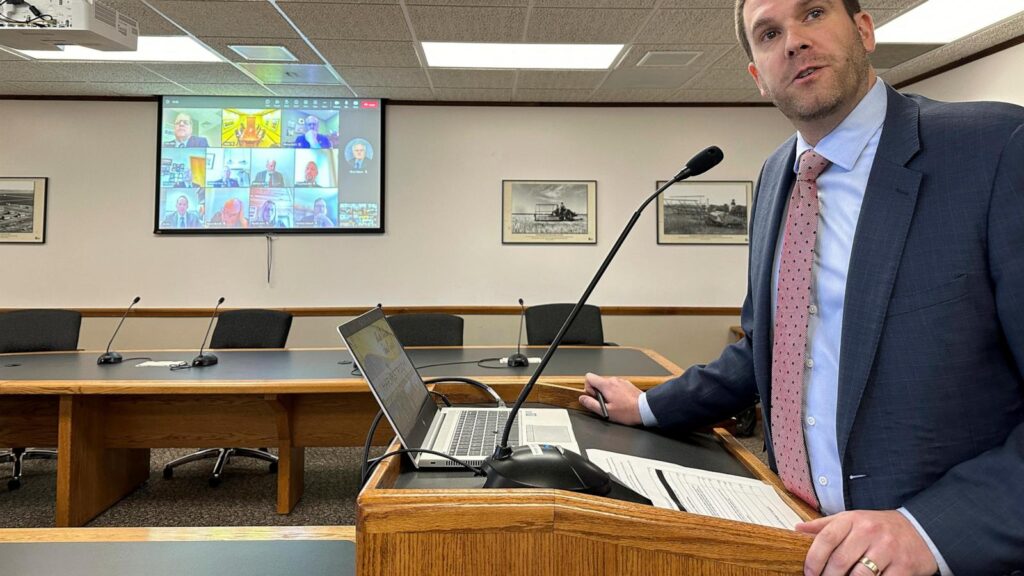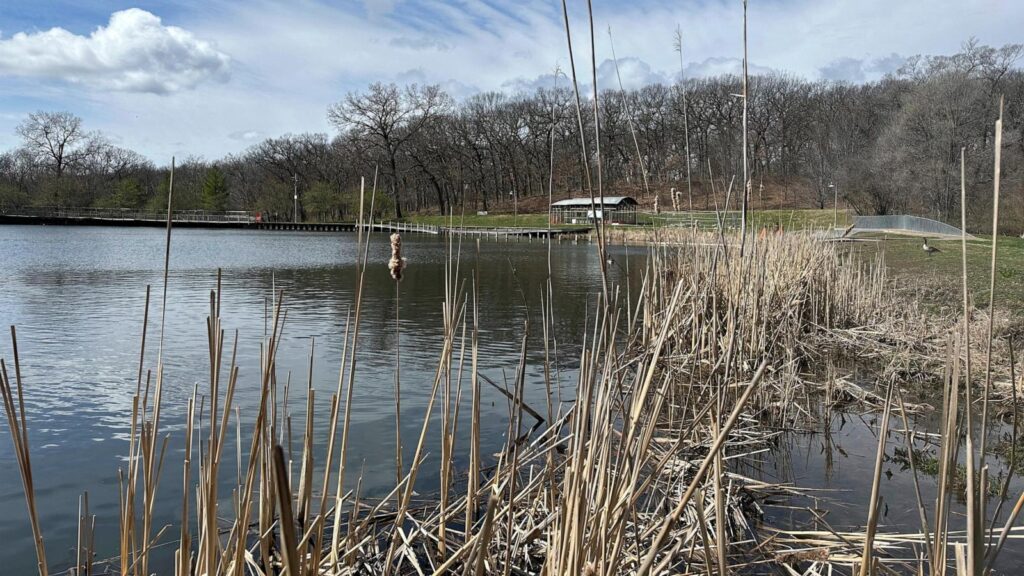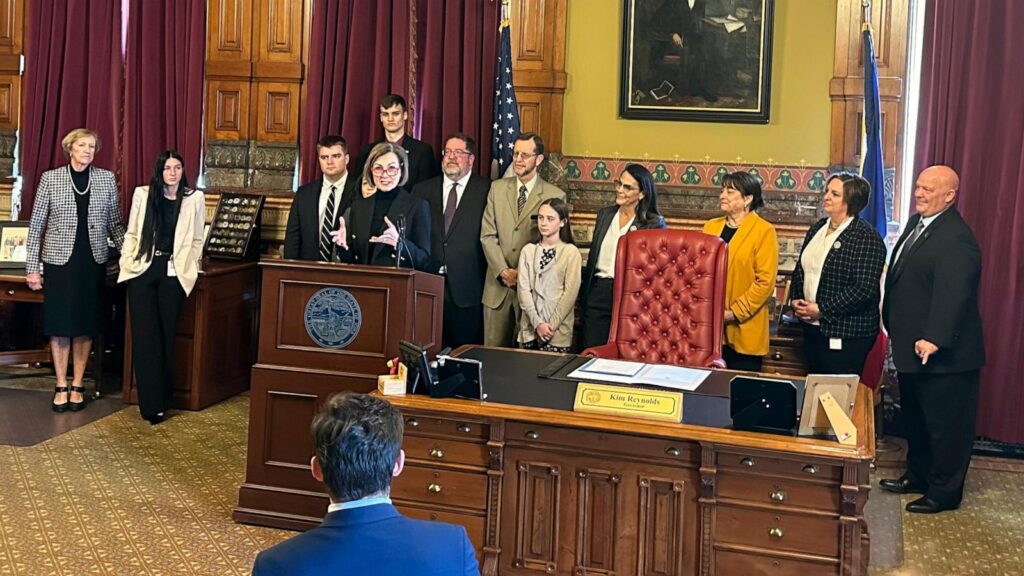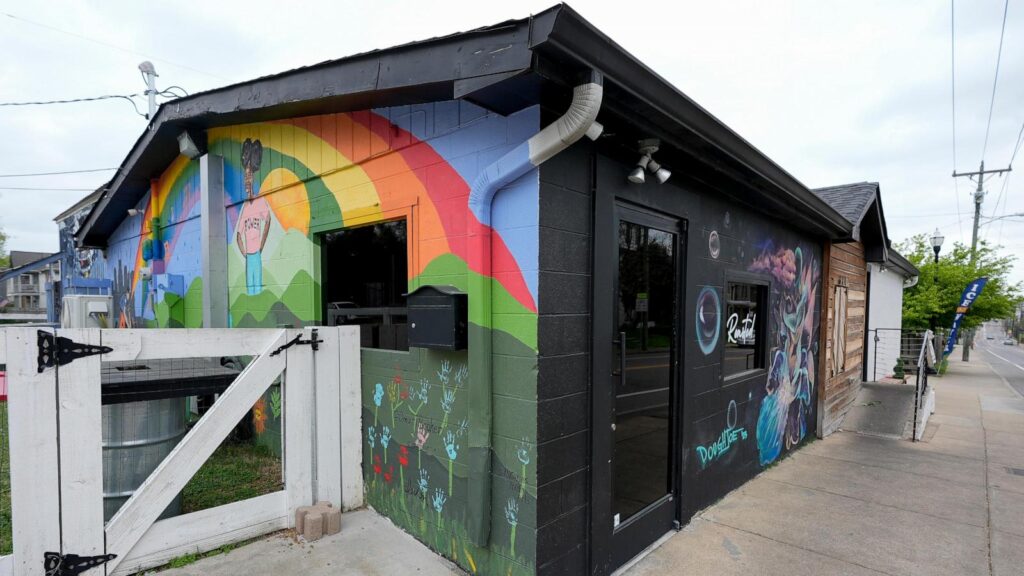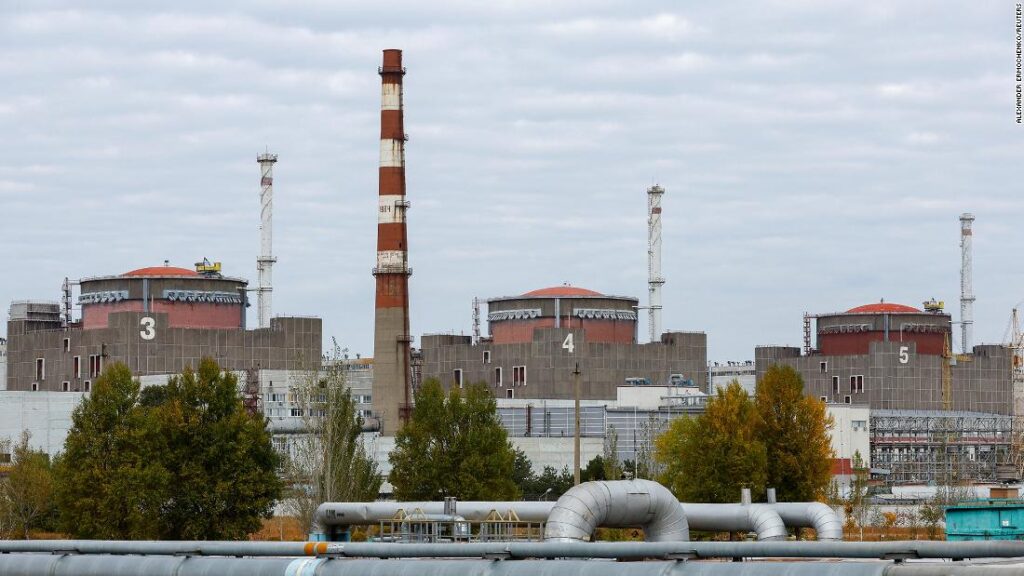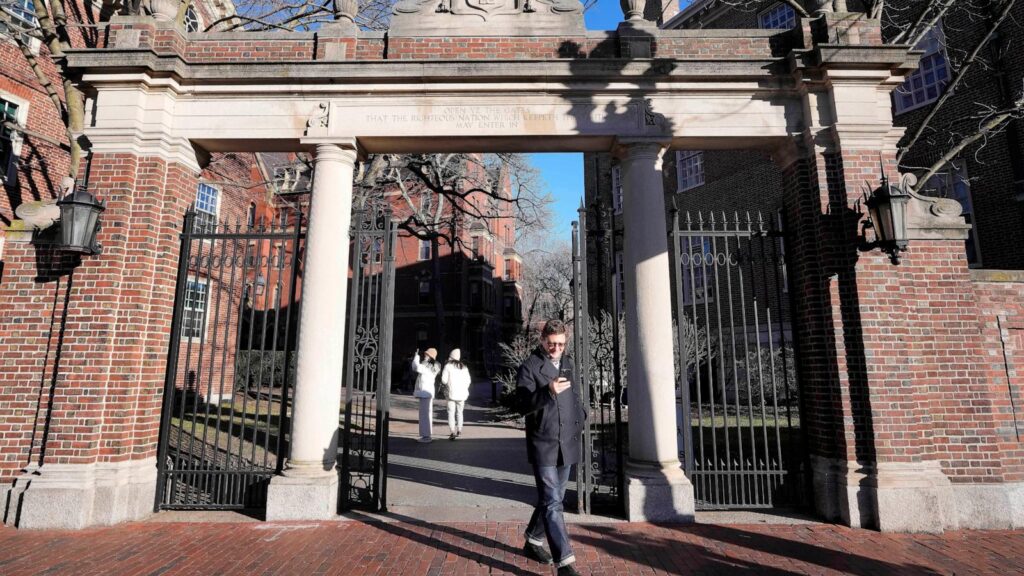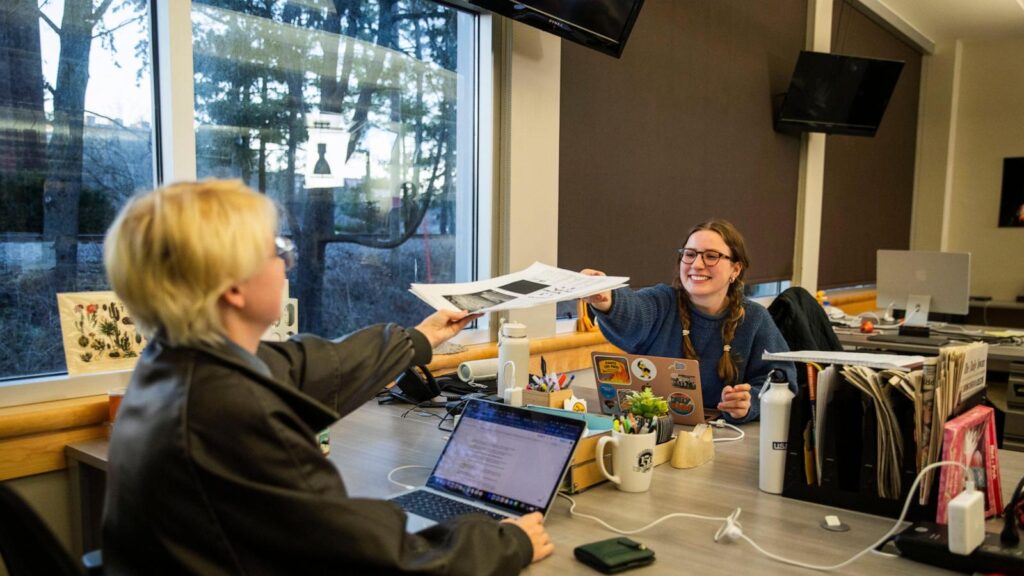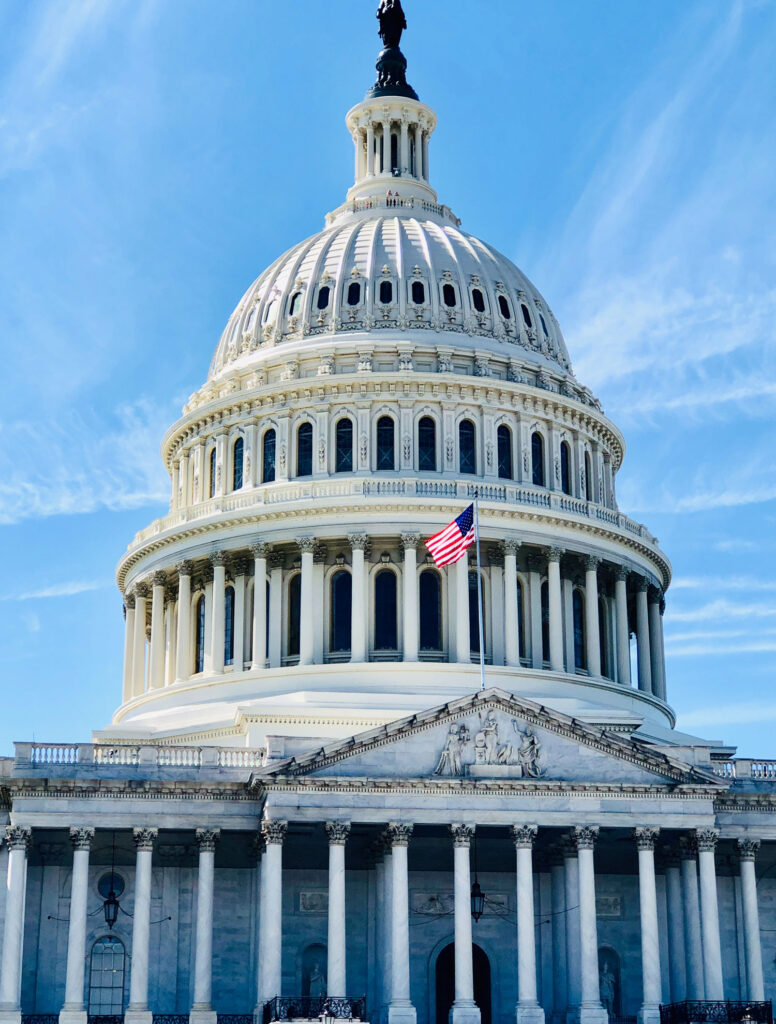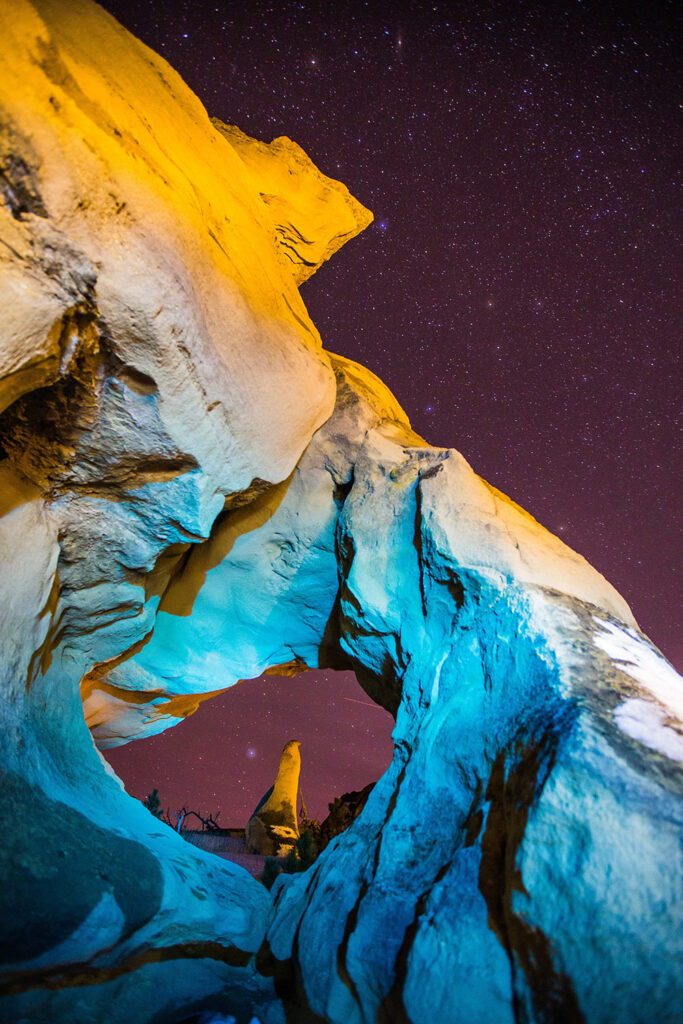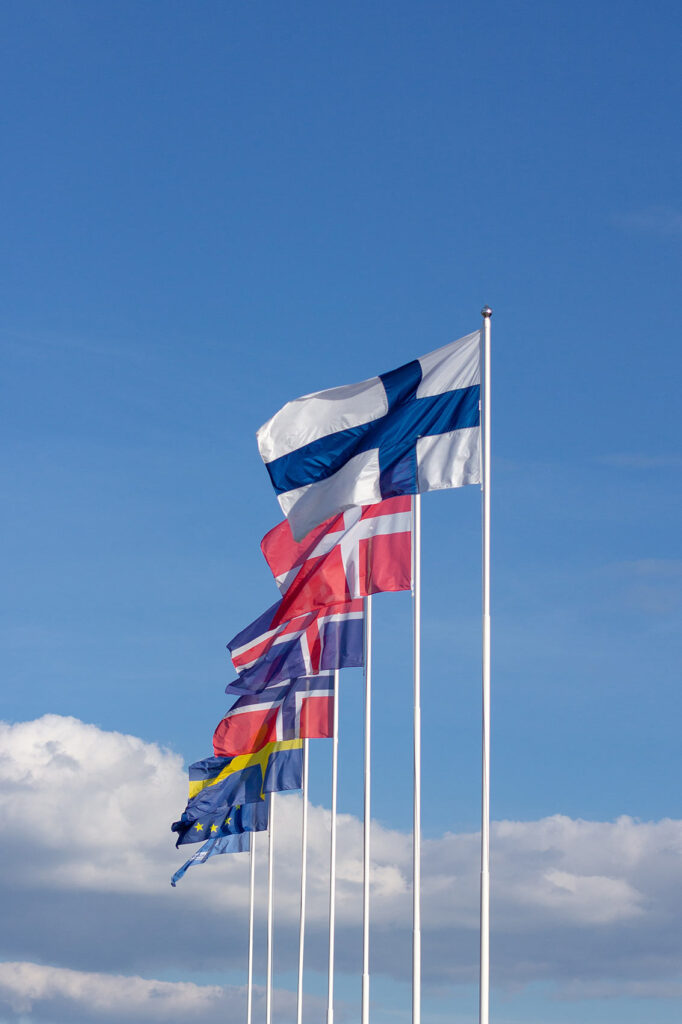The Environmental Footprint of Tourism and Balancing Exploration and Preservation

Tourism, as an industry, has flourished in recent decades, offering travelers from across the globe opportunities to explore diverse landscapes, experience different cultures, and create lasting memories.
However, behind the allure of picturesque destinations lies an often-overlooked reality: the significant impact of tourism on the environment. As the number of travelers continues to rise, it becomes imperative to examine the environmental footprint of tourism and explore sustainable solutions to mitigate its adverse effects. In this article, we delve into the multifaceted relationship between tourism and the environment, shedding light on both the challenges and opportunities for creating a more sustainable travel industry.
Tourism can have a wide-ranging impact on the environment, affecting ecosystems, natural resources, and biodiversity.
The News Exp


Understanding the Impact:
The construction of tourism infrastructure, such as hotels, resorts, and transportation facilities, often leads to habitat loss, deforestation, and disruption of fragile ecosystems. Additionally, the influx of tourists can put immense pressure on local resources, including water, energy, and waste management systems, exacerbating environmental degradation in popular destinations.
Erosion of Natural Landscapes:
One of the most visible impacts of tourism on the environment is the erosion of natural landscapes. Uncontrolled development and mass tourism can lead to the degradation of beaches, mountains, and other scenic areas, diminishing their aesthetic value and ecological integrity. Overcrowding and excessive foot traffic in sensitive ecosystems can result in soil erosion, vegetation loss, and habitat fragmentation, posing a threat to biodiversity and ecosystem stability.
Degradation of Coastal Ecosystems:
Coastal areas are particularly vulnerable to the environmental impacts of tourism, given their popularity as tourist destinations. Coastal development, including the construction of resorts, marinas, and beachfront infrastructure, can disrupt fragile marine ecosystems, such as coral reefs, mangrove forests, and seagrass beds. Pollution from tourist activities, including littering, sewage discharge, and chemical runoff, further exacerbates the degradation of coastal habitats, endangering marine life and threatening the health of coastal communities.
Pressure on Natural Resources:
The rapid growth of tourism places significant pressure on natural resources, including water, energy, and land. In water-scarce regions, tourism-related activities such as golf courses, swimming pools, and irrigation for landscaping can deplete freshwater resources and exacerbate water scarcity for local residents and ecosystems. Similarly, the energy demands of hotels, resorts, and transportation systems contribute to greenhouse gas emissions and air pollution, exacerbating climate change and environmental degradation.
Loss of Biodiversity:
Tourism can also have profound implications for biodiversity, as it often leads to habitat destruction, overexploitation of natural resources, and disturbance of wildlife populations. Activities such as deforestation for tourist infrastructure, illegal wildlife trade, and disturbance of nesting sites and breeding grounds can threaten the survival of endangered species and disrupt delicate ecosystems. Furthermore, the introduction of invasive species and pathogens by tourists can have devastating consequences for native flora and fauna, leading to ecosystem imbalances and biodiversity loss.
- Tourism contributes to erosion of natural landscapes and degradation of coastal ecosystems through uncontrolled development.
- Pressure on natural resources, such as water and energy, intensifies as tourism expands, exacerbating environmental degradation.
- Biodiversity loss occurs due to habitat destruction, overexploitation of resources, and introduction of invasive species by tourists.
- Cultural impacts of tourism include changes in traditional lifestyles, erosion of cultural identity, and exploitation of indigenous communities.
- Sustainable tourism practices offer solutions to minimize environmental footprint, preserve cultural heritage, and promote responsible travel behavior.
You Might Be Interested In
- Eco-friendly travel options
- Community-based tourism initiatives
- Renewable energy use in the tourism industry
- Wildlife conservation efforts in tourist destinations
- Reducing carbon footprint in travel
Cultural Impacts:
In addition to its environmental consequences, tourism can also have cultural impacts on local communities, including changes in traditional lifestyles, erosion of cultural identity, and loss of cultural heritage. The commodification of culture for tourist consumption can lead to the exploitation of indigenous communities, cultural appropriation, and the distortion of authentic cultural practices. Furthermore, the homogenization of tourist experiences and the proliferation of mass tourism can diminish the uniqueness and diversity of local cultures, undermining their resilience and vitality.
Promoting Sustainable Tourism:
Despite its environmental challenges, tourism also presents opportunities for positive change and sustainable development. By embracing sustainable tourism practices, stakeholders across the industry can minimize their environmental footprint, preserve natural and cultural heritage, and promote responsible travel behavior. Sustainable tourism initiatives, such as ecotourism, community-based tourism, and nature conservation projects, demonstrate that tourism can be a force for good when approached with a commitment to environmental stewardship and social responsibility.
The impact of tourism on the environment is undeniable, yet the path forward is not one of resignation but of proactive engagement and responsible action. By recognizing the interconnectedness of tourism, the environment, and local communities, we can work towards a more sustainable travel industry that respects and preserves the natural and cultural heritage of our planet. Through collaboration, innovation, and a shared commitment to sustainability, we can ensure that future generations can continue to explore and enjoy the beauty and diversity of our world without compromising its integrity and resilience.































